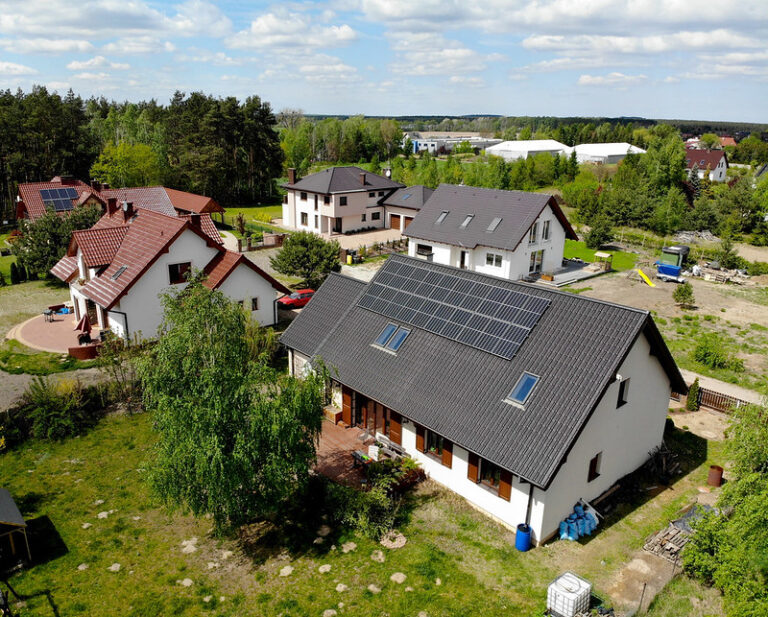Researchers in Sweden have investigated incentive programs for rooftop PV and proposed adapting future schemes to different investor profiles.
Researchers from Chalmers University of Technology and PV consultancy Becquerel Sweden AB have investigated the impact of direct subsidies on the use of solar energy in Sweden. They have urged policymakers to tailor future programs to the different characteristics of investors.
The group analyzed all incentives for rooftop PV between 2009 and 2021, based on an analysis of 79,336 applications for PV capital support granted by the government.
“For the study, the dependent variable was willingness to invest in solar energy,” the scientists explained. “The seven independent variables (IVs), one research variable and six control variables included in the study were the subsidy level, the price of the PV modules, the serial number of the month, the day-ahead spot price for electricity, the interest rate, the state of the economy, and the energy tax on self-consumed electricity.”
The group said that the maximum capital subsidy in 2009 was set at a maximum of 55% for large companies and 60% for all other groups. In 2021, it reached a maximum of 10% for companies and up to 20% for all other entities. At its peak in 2019, the annual budget for PV subsidies was approximately SEK 1.2 billion ($110 million).
The academics divided the data into four groups of investors: households, companies, associations and public organizations. They analyzed them with quasi-Poisson regression, i.e used in modeling an overdispersed count variable, and four different robustness tests to assess whether results remained consistent across approaches.
“Our results show that there were important differences between the four different groups, suggesting that different factors of market dynamics may have different impacts on investor groups in renewable electricity technology (RET),” the researchers said. “There was a significantly positive relationship between the level of subsidy and the willingness to invest, especially among households. A similar effect was observed for private companies, although the robustness of this relationship may be questioned due to potential instability.”
To explain the lack of influence on public organizations and associations, the scientists suggested that they are more sensitive to policy risks. According to them, policy risks include the limited budget of the Swedish subsidy program, the long waiting time for subsidies and the frequent changes in the amount of subsidies.
“The results highlight the need for research to better inform policymakers about the potential preferences of investor groups,” the academics concluded. “We propose that to capture the nuances between different groups of investors, this should not only focus on extreme or opposing groups, for example corporations versus households, or income-oriented versus savings-driven actors, but also on other subgroups, such as households, companies, associations and public organizations.”
The scientists presented their findings in the study “The impact of solar PV subsidies on investments over time – the case of Sweden,” published in Energy economics.
Image: Chalmers University of Technology, Energy Economics, CC BY 4.0 deed
This content is copyrighted and may not be reused. If you would like to collaborate with us and reuse some of our content, please contact: editors@pv-magazine.com.


